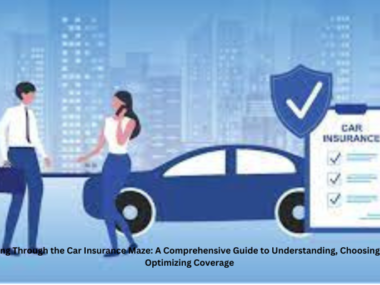Driving at night presents a unique set of challenges, from reduced visibility to increased fatigue. Despite these obstacles, many of us find ourselves on the road after the sun sets. In this blog post, we’ll explore ten essential safety tips to ensure a secure and stress-free experience when driving at night.
- Ensure Proper Lighting: a. Headlights: Regularly check and maintain your headlights. Ensure they are clean and aligned properly to provide maximum illumination without blinding oncoming drivers. b. Taillights and Brake Lights: Functional taillights and brake lights are critical for communication on the road. Regularly inspect and replace bulbs as needed.
- Reduce Speed: a. Adapt to Conditions: Decrease your speed to allow for extended reaction time. Adjusting your driving speed to the conditions helps mitigate risks associated with reduced visibility.
- Increase Following Distance: a. Three-Second Rule: Maintain a minimum of a three-second following distance from the vehicle in front of you. In adverse conditions, consider extending this to account for unexpected circumstances.
- Use High Beams Wisely: a. Dim for Oncoming Traffic: Utilize your high beams for improved visibility, but be sure to dim them when approaching or following other vehicles. High beams can blind drivers and create hazardous conditions.
- Stay Alert and Avoid Distractions: a. Phone Usage: Avoid distractions such as texting, calling, or using mobile devices. Keep your focus on the road, as distractions can be more pronounced at night.
- Combat Fatigue: a. Take Breaks: If driving long distances, schedule breaks to combat fatigue. Driver drowsiness is a significant risk factor, especially during nighttime travel.
- Be Mindful of Wildlife: a. Caution in Rural Areas: Wildlife is more active at night, especially in rural areas. Be vigilant and reduce speed in areas where animals are likely to cross the road.
- Regular Vehicle Maintenance: a. Check Tires: Well-maintained tires are crucial for safe nighttime driving. Regularly check tire pressure, tread depth, and overall condition. b. Brake System: Ensure that your brakes are in optimal condition. Brakes are essential for sudden stops, and a well-maintained system enhances overall safety.
- Adjust Your Eyes: a. Avoid Oncoming Glare: Look slightly to the right when faced with oncoming headlights. This helps prevent temporary night blindness caused by the glare of headlights.
- Plan Your Route: a. Familiarize Yourself: If possible, familiarize yourself with the route before driving at night. Knowing the road layout, potential hazards, and landmarks can enhance your confidence and safety.
Conclusion:
Driving at night requires heightened awareness and a proactive approach to safety. By adhering to these ten essential tips, you can significantly reduce the risks associated with nighttime driving and ensure a safer journey for yourself and others on the road. Remember, safety is a collective responsibility, and every precaution taken contributes to a more secure driving environment. Safe travels!





